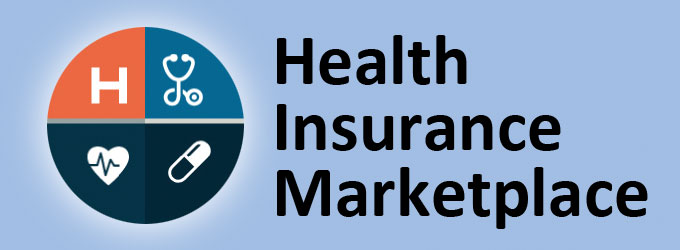Health insurance is essential for United States citizens to help cover the costs of medical care and protect against high medical expenses. Here’s a comprehensive guide to understanding health insurance in the U.S.:

Types of Health Insurance:
- Employer-Sponsored Health Insurance:
- Overview: Provided by an employer as part of an employee benefits package.
- Features: Often includes a range of plan options and may be more affordable due to employer contributions.
- Enrollment: Typically done during open enrollment periods or after a qualifying life event.
- Individual and Family Health Insurance:
- Overview: Purchased by individuals or families directly from insurance companies or through the Health Insurance Marketplace.
- Features: Offers various plan types and coverage options, including different levels of deductibles and copayments.
- Enrollment: Available during open enrollment periods or with a qualifying life event.
- Medicare:
- Overview: Federal health insurance program for people aged 65 and older, and certain younger individuals with disabilities.
- Parts:
- Part A: Hospital insurance.
- Part B: Medical insurance (doctor visits, outpatient care).
- Part C: Medicare Advantage (bundles A and B with additional benefits).
- Part D: Prescription drug coverage.
- Enrollment: Begins three months before turning 65 and continues through specific enrollment periods.
- Medicaid:
- Overview: Joint federal and state program providing health coverage to low-income individuals and families.
- Eligibility: Based on income, household size, and other factors. Each state has its own rules and coverage options.
- Enrollment: Open year-round for those who qualify.
- Children’s Health Insurance Program (CHIP):
- Overview: Provides health coverage to children in low-income families who do not qualify for Medicaid.
- Eligibility: Varies by state, but generally covers children in families with incomes too high for Medicaid but too low to afford private coverage.
- Enrollment: Open year-round.
- Short-Term Health Insurance:
- Overview: Provides temporary coverage for a limited period, often used when transitioning between jobs or waiting for other coverage to start.
- Features: Typically has lower premiums but offers limited coverage and may not cover pre-existing conditions.
- Enrollment: Available anytime, but policies vary in duration and coverage.
- Catastrophic Health Insurance:
- Overview: Designed for young, healthy individuals who want to protect against major medical expenses.
- Features: Low monthly premiums with high deductibles. Covers essential health benefits after the deductible is met.
- Eligibility: Available to people under 30 and low-income individuals who qualify for a special exemption.
Health Insurance Marketplaces:

- Healthcare.gov:
- Overview: The federal Health Insurance Marketplace where individuals and families can compare and purchase health insurance plans.
- Features: Offers plans with different coverage levels and financial assistance for eligible individuals based on income.
- State-Based Marketplaces:
- Overview: Some states operate their own health insurance marketplaces where residents can shop for and enroll in health insurance plans.
- Examples: Covered California, New York State of Health, and Maryland Health Connection.
Choosing a Health Insurance Plan:
- Assess Your Needs:
- Coverage Requirements: Consider the type of coverage you need, such as primary care, specialist visits, prescription drugs, and preventive services.
- Financial Factors: Evaluate your budget for premiums, deductibles, copayments, and out-of-pocket maximums.
- Compare Plans:
- Coverage Options: Compare different plan types, including the network of providers, coverage levels, and additional benefits.
- Cost: Review the total cost, including monthly premiums and out-of-pocket expenses.
- Check Plan Networks:
- Provider Network: Ensure your preferred doctors and hospitals are included in the plan’s network to avoid higher costs for out-of-network care.
- Understand Policy Terms:
- Benefits and Exclusions: Read the policy details carefully to understand what is covered and any exclusions or limitations.
- Enroll During Open Enrollment:
- Dates: Open enrollment periods are specific times when you can sign up for or change your health insurance plan. Special enrollment periods may be available for qualifying life events.
- Consult with an Insurance Agent:
- Expert Guidance: Work with an insurance agent or broker to help navigate your options and find the best plan for your needs.
Major Health Insurance Companies in the U.S.:

- UnitedHealthcare
- Anthem Blue Cross Blue Shield
- Cigna
- Aetna
- Humana
- Kaiser Permanente
- Molina Healthcare
- Centene
- Blue Shield of California
- Oscar Health
Each of these companies offers a range of health insurance products and plans. When choosing a health insurance plan, it’s essential to consider your health needs, financial situation, and the specific benefits offered by different insurers.

